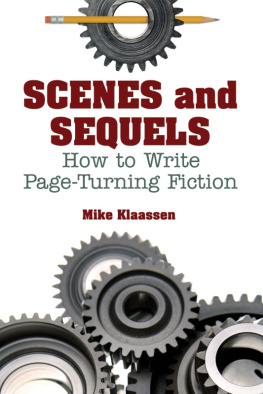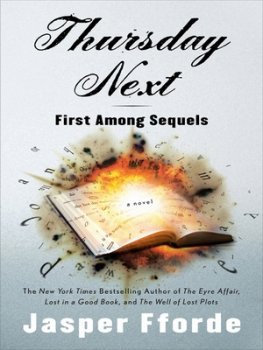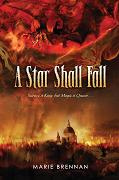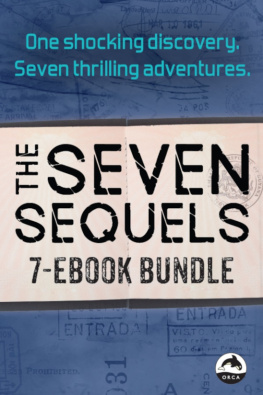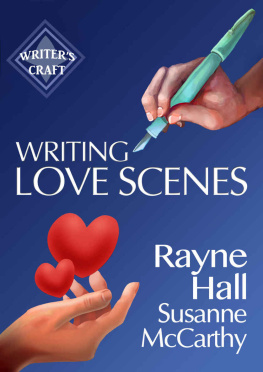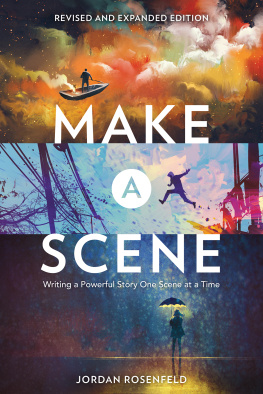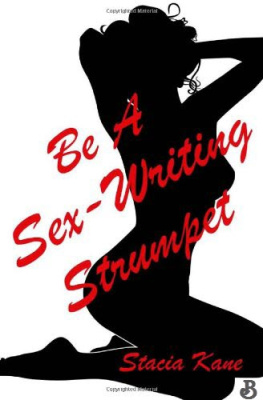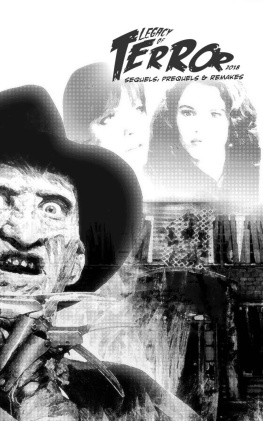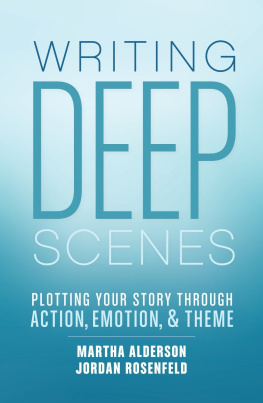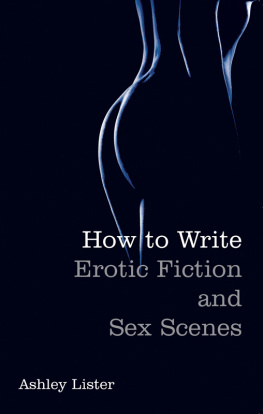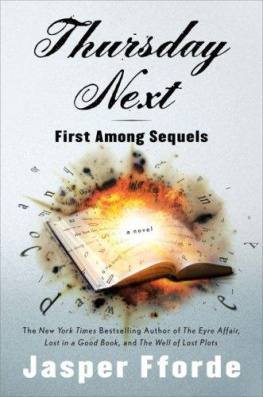ADVANCE PRAISE FORSCENES AND SEQUELS
Indispensable nuts-and-bolts advice for crafting successful fiction. Highly recommended. Evan Marshall, co-creator of The Marshall Plan Novel Writing Software
I am a huge fan of Jack Bickhams classic craft book Scene & Structure, and consider it one of three essential books to a writers library. When I learned of Mike Klaassens new book, Scenes & Sequels, and its efforts to expand upon Bickhams work, I looked forward to reading it with great anticipation. Well, it doesnt disappoint! Its a great addition to Bickhams initial explanation of the two most important elements of story and delivers both an in-depth explanation of these elements and an important expansion of the principles it delivered. Highly recommended for serious writers. Les Edgerton, Author of Finding Your Voice and Hooked.
ALSO BY MIKE KLAASSEN
YOUNG-ADULT NOVELS
The Brute
Cracks
HISTORICAL FICTION
Backlash: A War of 1812 Novel
NONFICTION
Fiction-Writing Modes: Eleven essential tools for bringing your story to life
Scenes and Sequels: How to write page-turning fiction
Cover design by Toelke Associates
2016 Michael John Klaassen
Published by Bookbaby, Pennsauken, NJ
All rights reserved. No part of this publication may be reproduced, distributed, or transmitted in any form or by any means, including photocopying, recording, or other electronic or mechanical methods, without the prior written permission of the publisher, except in the case of brief quotations embodied in critical reviews and certain other noncommercial uses permitted by copyright law.
ISBN: 978-1-68222-907-1 (Print)
ISBN: 978-1-68222-908-8 (eBook)
Dedicated to two champions of the concept of writing fiction with scenes and sequels: Dwight V. Swain (1915-1992) and Jack M. Bickham (1930-1997).
ACKNOWLEDGEMENTS
My first exposure to scenes and sequels was through Scene & Structure: How to construct fiction with scene-by-scene flow, logic, and readability (Writers Digest Books) by Jack M. Bickham and Techniques of a Selling Writer (University of Oklahoma Press) by Dwight V. Swain.
I also wish to acknowledge the contribution of my wife of thirty-five years, Carol S. Klaassen (1951-2012), who not only inspired and encouraged me in writing this book but was also the first reader of early drafts of the manuscript.
TABLE OF CONTENTS
PREFACE
What do the following novels have in common?
Hatchet by Gary Paulsen
One for the Money by Janet Evanovich
Enders Game by Orson Scott Card
American Assassin by Vince Flynn
Twilight by Stephenie Meyer
The Generals Daughter by Nelson DeMille
The Client by John Grisham
A Cry in the Night by Mary Higgins Clark
The Lucky One by Nicholas Sparks
The Da Vinci Code by Dan Brown
These novels share many attributes: memorable characters, engaging plot, interesting setting, resonating theme, and appropriate style. Each is a page turner that grips you from the opening lines and commands your attention until the end.
A closer look also reveals that these books include both scenes and sequels. Full disclosure: I have never communicated with any of the authors listed above; I have no way of knowing whether they support the concept of writing with scenes and sequels or if they intentionally use them when they write. I just know that my analysis reveals that both scenes and sequels are an important part of the structure of the novels listed above. To me that raises the question of whether the rest of us are making optimal use of scenes and sequels in our own writing.
The value of scenes in fiction is widely accepted, and for good reason. Scenes propel the story forward, and they include the exciting, sexy, explosive parts of a story. You may be less familiar with the concept of sequels, so lets take a closer look.
Imagine you have written two great scenes that nicely move your story forward. In the first scene the focal character attempts to accomplish a short-term goal that he hopes will bring him closer to achieving his primary objective in the story. He encounters resistance that knocks him so far back that he is even farther from achieving his goal than when he started the scene. The second scene shows the character pursuing an entirely different course of action. This raises numerous questions:
How did the character react emotionally to the devastating setback of the previous sceneor is he an emotionless, cardboard character?
What was the characters thought process for determining his new course of actionor did he make a thoughtless snap decision?
Did the character consider alternative courses of actionor did he impulsively go with the first solution that came to mind?
Among several potential courses of action, did the character weigh the alternativesor did he conveniently pick the one that the author needed to write the next scene?
You may be writing great scenes, but if they are not coupled where appropriate with sequels, you may be missing up to half of your storytelling firepower. If you are not intimately familiar with sequels, you may also lack sufficient understanding of scenes and how to unlock their full potential. This book provides you with the know-how needed to fully develop both scenes and sequels.
Who should read this book? If you are a beginning novelist, this book will help you build a foundation of practical knowledge that might otherwise take many years of self-study or trial and error to accumulate. If you are an experienced writer, the information in this book may provide you with information that helps you take your writing to new heights or sustains it in the face of ever-increasing competition.
Fiction writers tend to fall into one of three camps: (1) outliners, who plan their work in detail prior to writing, (2) free spirits, who like to jump in and see where inspiration and instinct lead, and (3) tweeners, those somewhere in between. Each of these styles has merit, and all three have drawbacks. Regardless of which style you use to create your first draft, you still face the challenge of polishing your manuscript into a seamless story. Thats where a thorough understanding of scenes and sequels can really pay off: turning a mess into a work of art.
Im the author of two young-adult novels, a historical novel set during the War of 1812, and a nonfiction book about the craft of writing fiction. Ive been a student of the craft of writing fiction for many years, have read dozens of books on the subject, and have written many articles about writing fiction. My experience as a novelist and my study of the craft of writing fiction have given me a great appreciation for the value of writing both scenes and sequels.
If youre like me, sometimes you feel overwhelmed by the challenge of writing the kind of fiction that stands out in todays highly competitive market. I have over a hundred books about the craft of writing fiction in my library, and Ive studied each one thoroughly. What I found was a huge amount of information, but much of it is incomplete, disorganized, and inconsistent. As I gained a better understanding of how the parts fit together, I found that writing about fiction helped clarify my thinking. Im pleased to share what I have learned.

